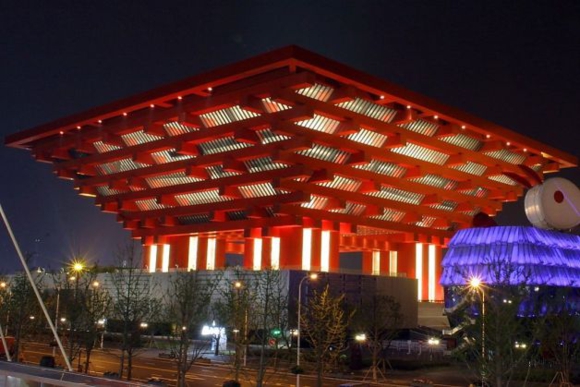The gentrification of old industrial areas has been going on for years. At first people were slightly sceptical; who would want to spend time in a nasty ex industrial area? But now luxury homes and leisure complexes are attracting the urban elite, and it’s easy to forget the old industrial history completely.
Art Galleries
There are countless examples of industrial buildings turned into art spaces in London alone. The Bankside Power Station was at risk from being knocked down for years, despite its distinctive architectural style, and developers even got so far as knocking a hole in the wall. Thankfully the Tate Gallery took on the building as the site for the famous Tate Modern museum, now the most visited art gallery in the world.
Film Sets & Music Venues
Since Battersea Power Station was decommissioned, it’s been a mainstay in popular culture. It’s been used as a filming location for a range of productions, from Dr Who to The Dark Knight. Rock band Muse launched their album The 2nd Law at the Power Station, playing a concert that was played in cinemas across the country.
Corporate, residential, and commercial developments
The future of Battersea power station looks even more exciting. Although it’s no longer producing electricity and gas, the decommissioned station looks set to become a residential and commercial centre, with development set to begin in summer 2013. Potential buyers are being encouraged to sign up now to “own an iconic piece of London”.
Trendy Neighbourhoods
There are some examples North of the border, too.
In the Scottish capital, The Shore district of Leith was historically a highly industrial dock, home to factories and shipyards. Visiting The Shore 20 years ago would have been an unpleasant experience; Irvine Welsh famously wrote his cult book Trainspotting about the inherent poverty of the area, and Edinburgh’s upper class residents would be scandalised by the suggestion of visiting a local Leith pub.
Now home to some of the most sought after apartments in Edinburgh, The Shore is known as ‘Michelin Mile’ and is absolutely bustling with cocktail bars, media agencies, and award winning restaurants. Despite its industrial history, it’s the place to be seen.
Nightclubs
The love of ex-industrial buildings or area isn’t just in the UK, either. One of Berlin’s top nightclubs, Berghain, is located in an ex-power station. Known for its decedent club nights and party reputation, in 2007 the club was praised as being “quite possibly the world capital of techno”. A visit to Berghain is likely to appear on the bucket list of every serious party goer in the world.
It does make sense to build a nightclub in a power station when you consider the dimensions. Because of its location, Berghain has enough space for 1500 guests on its dance floor, which has a ceiling height of 18 metres.
What do you think the best use of ex-power stations is?
Catherine Busk is a freelance writer specialising in architecture and design. The Power Living article was inspiered by her recent trip to Tate Modern Gallery and was written on behalf of npower.





